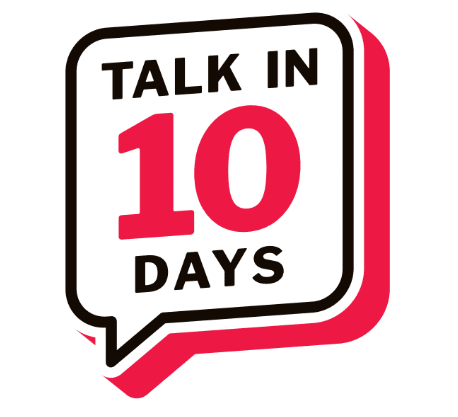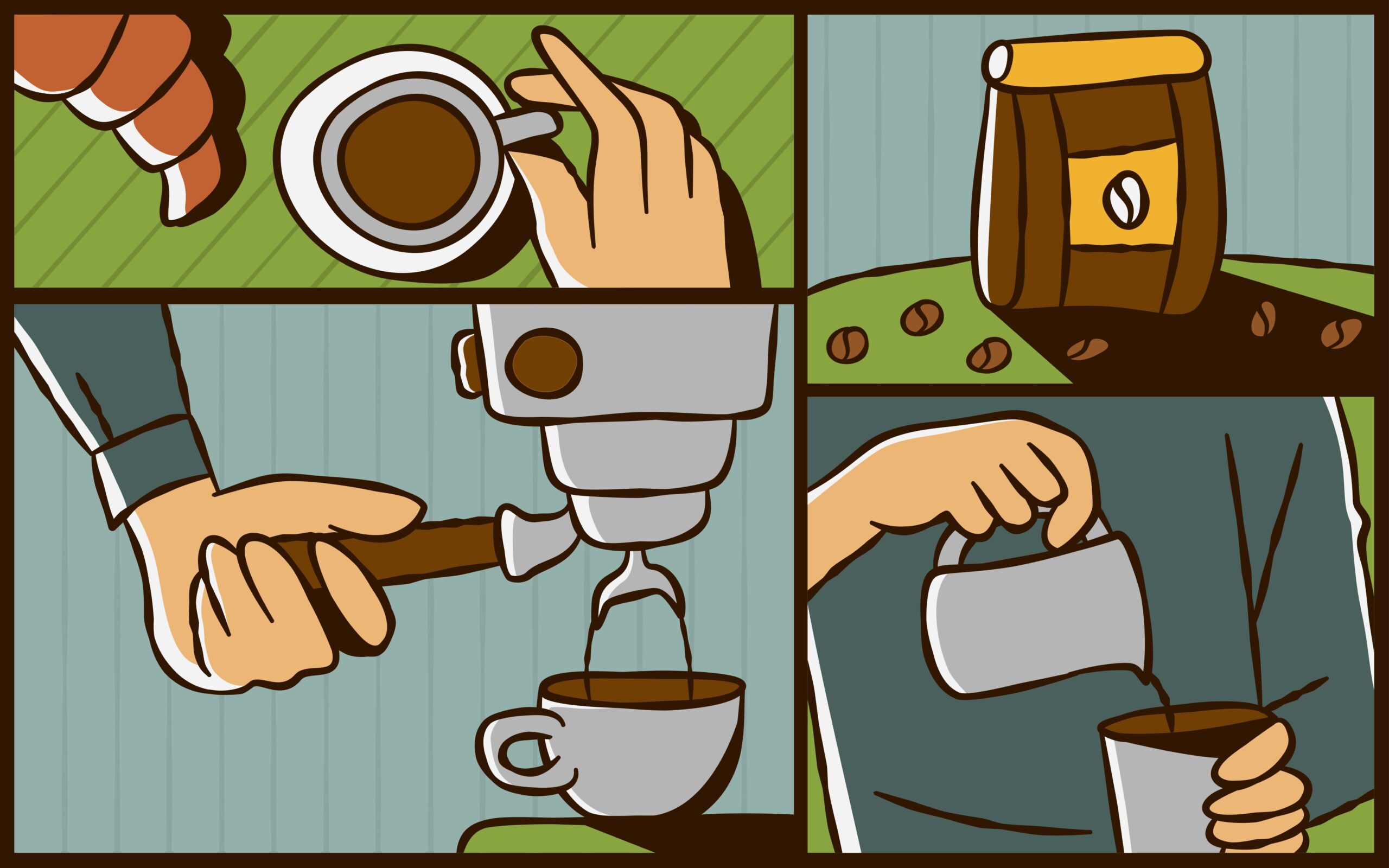Imagine this: You’re at a bustling Italian cafe, the barista eyeing you expectantly. Instead of fumbling with your phone’s translation app or pointing awkwardly, you confidently roll out “Vorrei un caffè” with a trilled ‘r’ that feels as natural as breathing. No hesitation, no tourist vibes. Just you, blending in like a local. If you’ve ever hacked your way through a difficult task, this is that for languages. The Talk Italian in 10 Days course turns Italian from an intimidating romance language into a quickly cultivated skill, focusing on just 30 words and muscle memory drills. In ten short days, you’ll go from zero to chatting over Chinottos, all while embracing the quirky charm that makes Italian so addictive.
Quirks of the Italian Language
Italian isn’t just words. It’s a symphony of sounds designed to be felt as much as heard. Unlike English’s clipped consonants (think the abrupt ‘t’ in ‘cat’ or ‘p’ in ‘stop’), Italian begs to be sung, with every word ending in an open vowel that lets sentences flow like a melody. Double consonants act as speed bumps, forcing emphasis that adds rhythm, while the famous trilled ‘r’ turns speech into percussion. Native speakers fire off these elements in espresso-shot bursts, making conversations feel alive and urgent.
But here’s what makes it hackable. These quirks aren’t barriers; they’re features. Think of it like remixing a playlist. The beats (vowels, rolls, and doubles) make Italian memorable and fun. Flashcards definitely won’t cut it. You need reps to carve in the neural pathways, just like learning guitar riffs by feel, not spreadsheets. The open vowels create a musical glide, the trilled ‘r’ builds mouth agility for authentic flow, double consonants train timing like syncing to a beat, and gestures along with facial expressions integrate to make it a full-body experience. These elements evolved from Latin’s poetic roots, but they’ve been shaped by Italy’s diverse regions. Think Tuscany’s rolling hills mirroring the ‘r’s rhythm.
Quirks of the Culture: Where Language Meets La Dolce Vita
Italian culture is the secret sauce that amplifies the language’s quirks. Born from a history of opera, ancient oratory, and regional melting pots (thanks to invasions from Greeks to Normans), Italian speech is expressive, social, and improvisational. Conversations aren’t linear. They’re duels of wit in piazzas or family dinners, where interruptions are affection, not rudeness. Speakers average 150-200 words per minute, embellished with hand gestures that carry as much weight as words. The “ma che vuoi?” finger flick (meaning “what’s your problem?”) can defuse or ignite a chat, reflecting Mediterranean passion.
Food scenes highlight this best. Espresso bars demand quick banter. If you hesitate, the line moves on, embodying Italy’s blend of “la dolce vita” leisure with urgent social energy. Street markets reward confident haggling. A simple “È buono?” (is it good?) while pointing at cheese sparks a vendor’s animated tale, complete with gestures. Southern dialects warp sounds even wilder, tying back to migration histories that made Italy a cultural mosaic.
It’s like social engineering a networking event. The quirks teach you to read the room fast, turning small talk into connections. It’s not about perfection; it’s about jumping in with flair, which mirrors how Italians prioritize emotion over logic. It is opera heritage in action.
Speaking Those Quirks
The Talk Italian in 10 Days course focuses on these quirks with 30 core words (pronouns like “io” (I), verbs like “è” (is), questions like “cosa” (what) and “dove” (where), plus adjectives like “buono” (good) and “grande” (big)). These combine into practical sentences without heavy grammar.
It builds skills by training pronunciation and flow. Days 1-3 use short sessions to target trilled ‘r’s and vowel flows. Day 2 includes mirror practice for shaping sounds. Days 4-6 introduce word pairs, sentence frames, and AI dialogues to practice questions and gestures. Days 7-10 focus on natural conversations.
It’s bootstrapping. Quirks become automatic, so you speak “grande” when seeing something big, or mutter “Dov’è?” while hunting for your keys. Tied to culture, this means you’re ready for micro-interactions, be it standing chats at kiosks or haggling with confidence. The AI prompts act as a quirk simulator. Practice “Cos’è?” (What is it?) dialogues, adding gestures via mirror work, launching you into that cafe scene without fumbling.
What Happens After Day 10?
Let’s be real. After 10 short days you won’t be quoting Dante, but your mouth will automatically speak in Italian. Graduates expand via kids’ stories or dubbed shows, grafting new words onto your core 30. The heavy lifting is done. Also, real progress will show in the recordings. Compare Day 3’s clumsy clips to Day 10’s fluid monologue. It’s quantifiable and undeniable, like tracking a habit app streak.
In the end, Italian rewards treating it as music first, culture second, grammar last. Talk Italian in 10 Days gives the regimen; you just show up. Ten days from now, that barista won’t see a tourist. They’ll see someone who belongs. Can you hack it?

